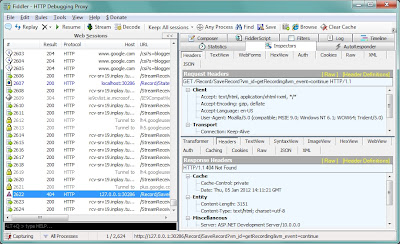Recording User Voice Message in ASP.NET MVC
Recording user input in a VoiceXML application using ASP.NET MVC is very easy if you use VoiceModel . VoiceModel is an open source project that abstracts the VoiceXML to an easy to use object hierarchy that is meant to work with ASP.NET MVC 3 and Razor. In this post I will walk you through a simple demonstration on using VoiceModel to record user input. The source code for this demo is available on CodePlex . In this demonstration the application will prompt the user to make a recording after a beep and to press the pound (#) key when they are done. When the user is finished recording the recorded message will be played back to them and they will be asked if they want to save it. If they respond yes, by either saying "yes" or pressing the 1 key on the phone, the audio recording will be saved in a directory on the application server. If they respond no, by saying "no" or pressing the 2 key on the phone, they will be prompted to re-record the message. Messages
